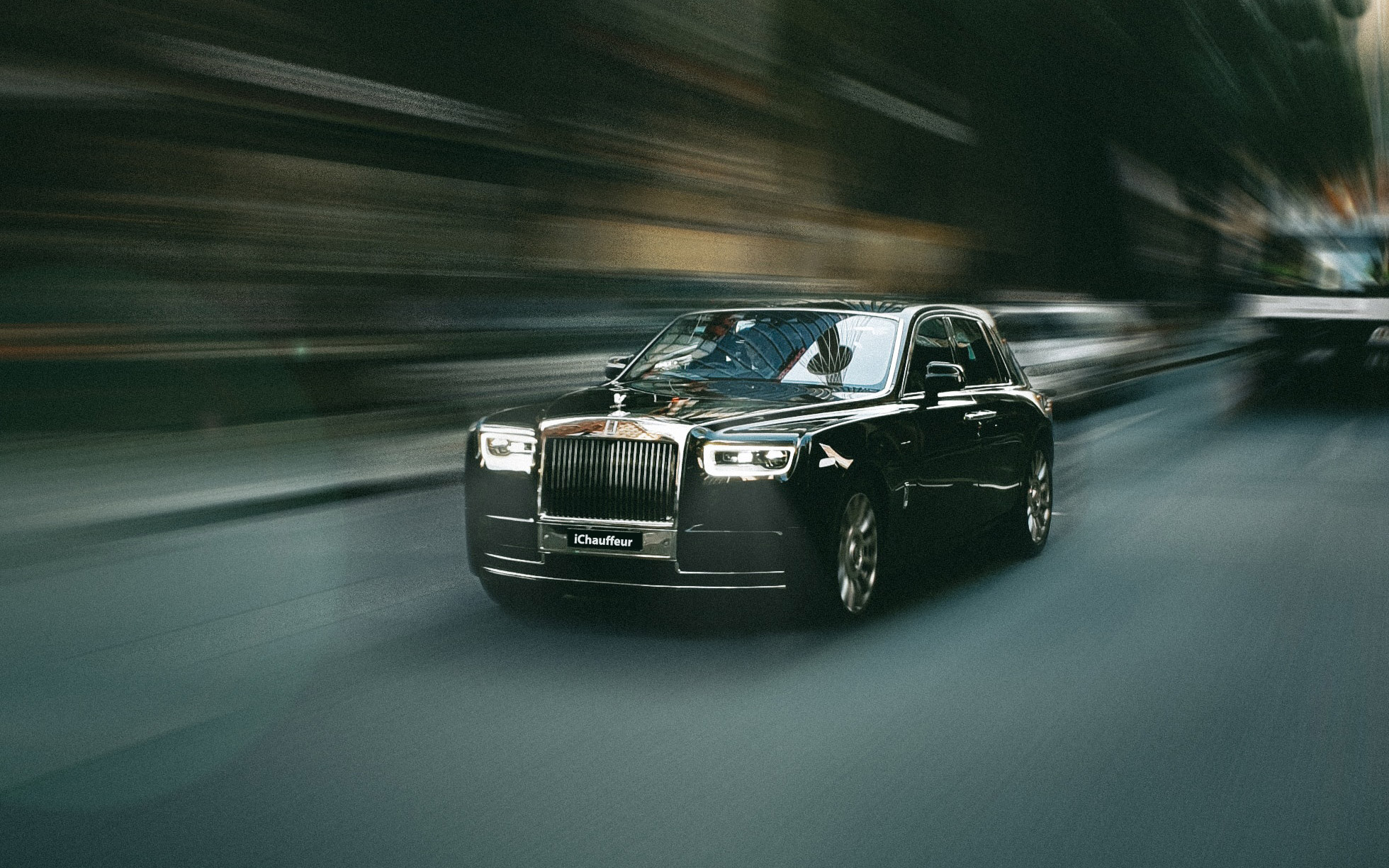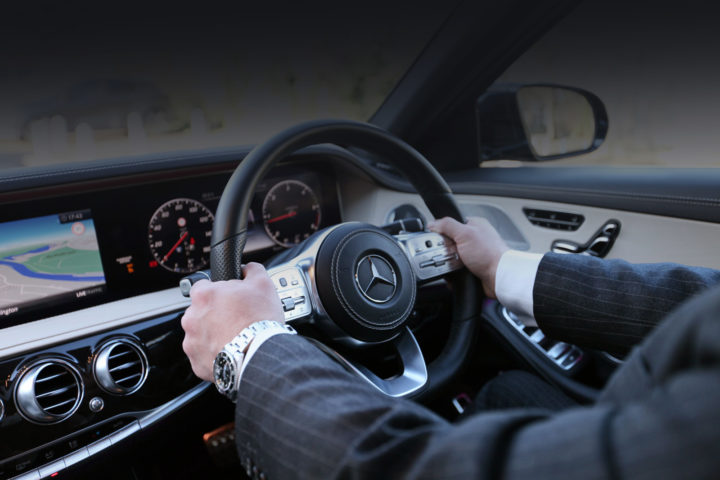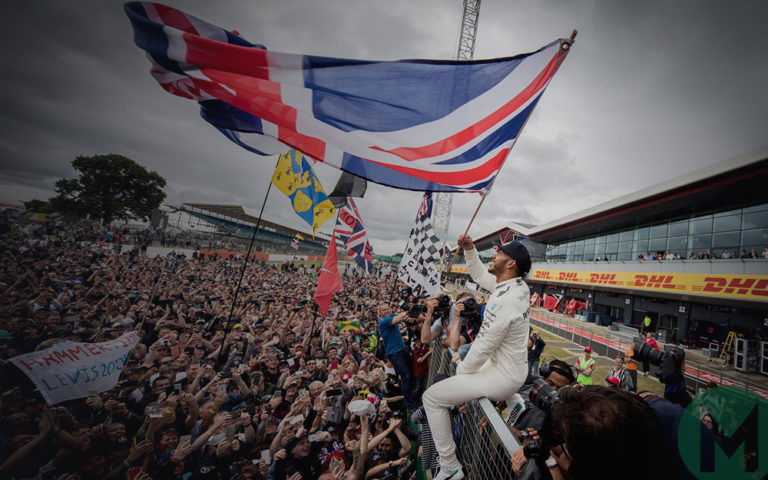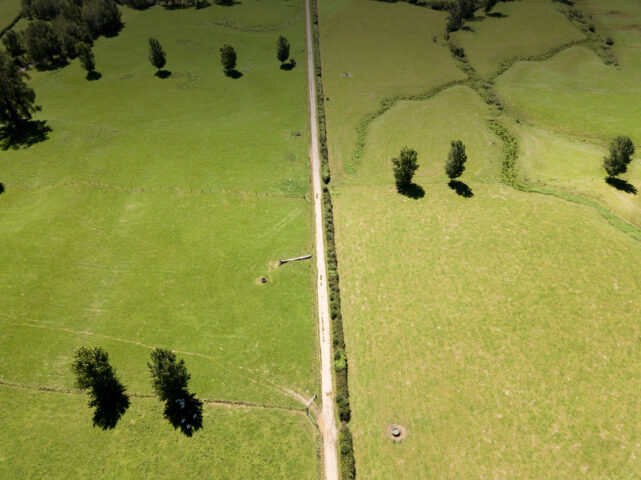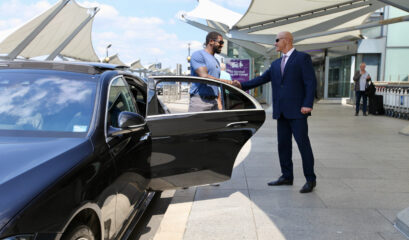The Best Drivers are smooth
Calm anticipation leads to smooth driving
Driving smoothly is a characteristic shared by the best drivers. The best chauffeurs and even the best Formula 1 drivers are as smooth as ice. Smooth driving will also help make you a safer driver. You could also save up to 33% on fuel and servicing. It will also give your passengers a comfy and pleasant journey. By reducing your carbon emissions, smoother driving is better for the planet, and your wallet.
Want to save fuel? Drive like you have a glass of water on your dashboard. Or imagine a piping hot latte for added imaginary danger. Three time world champion Jackie Stewart practiced smooth driving, balancing an orange on the front of his car.
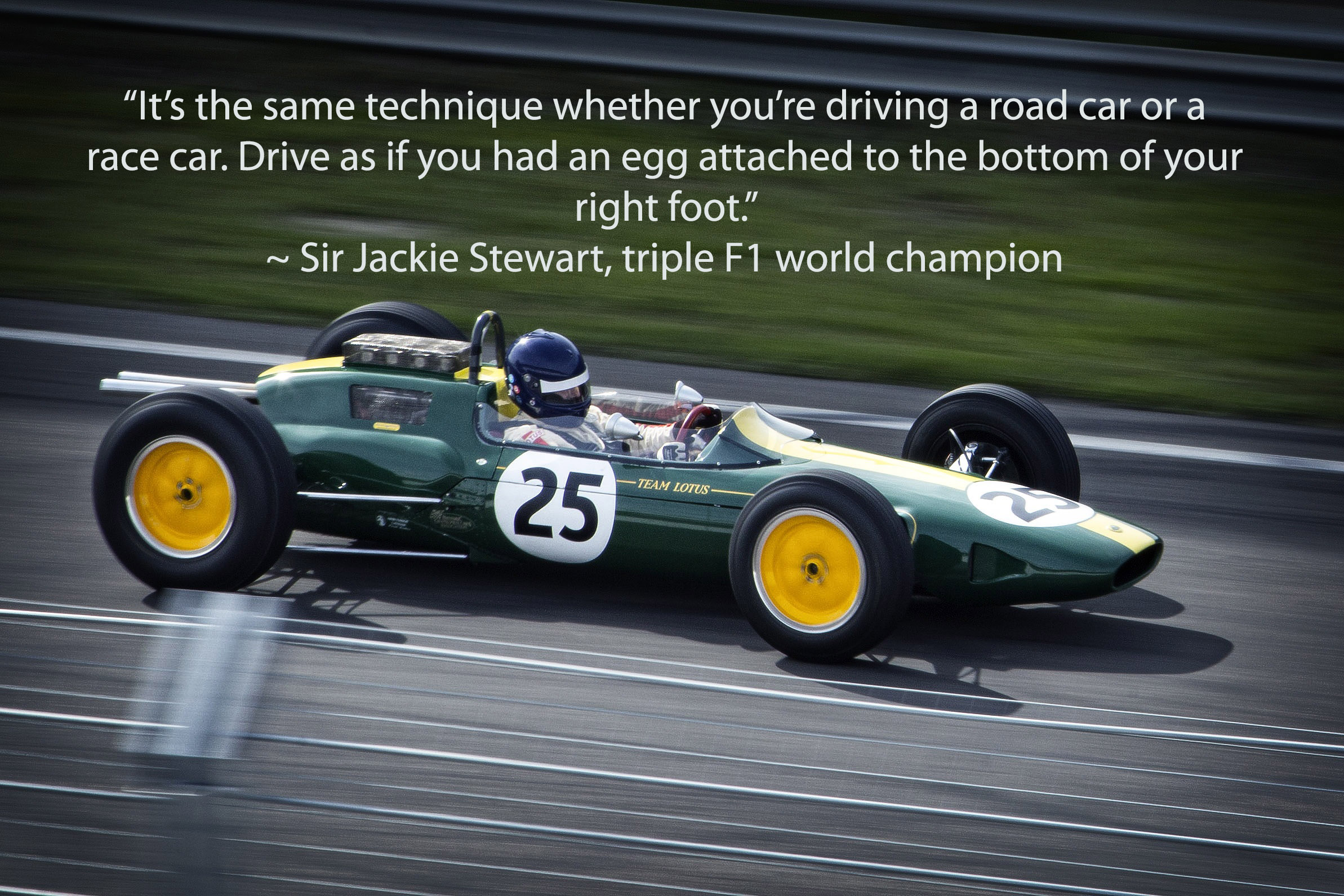
You too could drive as smooth as a F1 champion, or the best chauffeur.
“…a chauffeur, I call them the real professionals of driving if they’re good.”
Passenger comfort
Driving to suit your passengers
Passengers don’t have a steering wheel to hold on to. Which means they feel the g-forces more than their drivers. Most of our chauffeur passengers sit on the back seat. They won’t always see where the road turns, therefore can be surprised by a car’s unexpected movement. A good chauffeur would know this instinctively. And compensate, the aim to always be smooth. Accelerating, braking, turning, all should be smooth. Your passengers should not have to brace themselves.
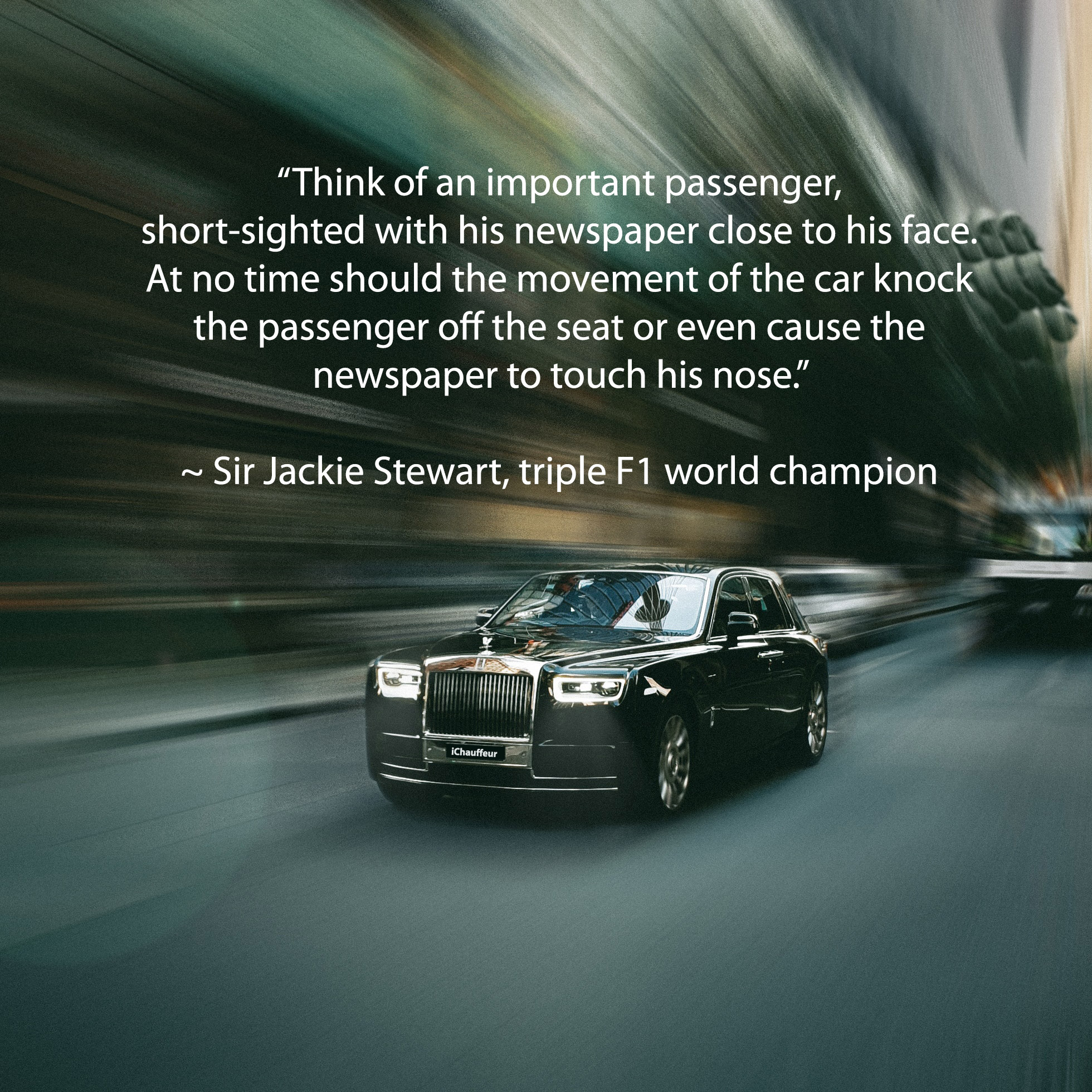
Developing smoothness, for Stewart, depends first of all on the correct driving technique.
“It would be ideal if I would be the best chauffeur in the world”
Smooth driving benefits
Safety, Comfort, Fuel Economy & Emissions
How much fuel can you save by driving smoothly? You can save up to as much as 33% of fuel, and emissions.
What are the benefits of driving smoothly?
Driving smoothly will significantly decrease your chances of having an accident. It will also increase fuel efficiency, and a corresponding reduction in Carbon emissions. Three huge reasons to drive smoothly.
Your passengers will be more comfortable, especially children. Without a steering wheel to hang on to, your passengers feel the g-forces more acutely than the driver.
By accelerating gently you are not only kinder to your passengers, but also your vehicle, and the environment. It puts less stress on the car, and you use less fuel. You emit less carbon dioxide. In general it’s safer, but no slower. And you can make more rapid progress overall by maintaining a steady speed, anticipating traffic, not speeding, and reducing your braking.
“When you look up, look wide, and even when you think you are looking wide, look wider still.”
Anticipation
Reading the road ahead
Anticipate, use your peripheral vision, and practice efficient economy of movement. Driving at F1 speeds requires the driver to be smooth. At very high speeds the slight turn of a wheel will have a significant effect. A F1 champion will have visualised different scenarios, and practice responding mentally. Without risk to man, or machine. They also look far ahead, spot flags, the blue puff of tyre smoke of the car in front, at the same time watching the mirrors. Constantly. Stopping a car at very high speed is a challenge, the F1 driver maximises his chances by looking ahead, which gives a chance to react to a changing situation.
“When I look fast, I’m not smooth and I am going slowly. And when I look slow, I am smooth and going fast.”
Smooth is fast, and safe
The top racers are smooth as silk
“It’s something I started learning when I was a kid: in karting, you race with such small engines and you have to keep the revs high to maintain your minimum speed through the corners. That’s the quickest way to go racing. Also, I was very influenced by watching Alain Prost on TV in the 1980s.” said Jason Button, Safe is Fast.
Driving smoothly is safer
A car is safer when driven with the smooth application of power and turns of the steering wheel. Tyres are more likely to lose traction, especially in slippery conditions when driven without finesse.
Former Top Gear Stig Ben Collins shares expert skills and wisdom refined over a 20-year career as one of the best drivers in the world – from Le Mans Series racing to NASCAR, piloting the Batmobile and dodging bullets with James Bond.
Ben’s philosophy of anticipation, smoothness and speed, honed over thousands of hours of elite-level performance, is really about economy of motion – which also gives you greater control, safety and fuel efficiency. Ben’s How to Drive is a great book about driving better, not faster.
“It is amazing how many drivers, even at the Formula 1 level, think that the brakes are for slowing the car down.”
Reduce your braking
Use your throttle to slow the car
In Behind the Wheel with Jackie Stewart we see a large black town car approaching. With Jackie Stewart, the triple Formula 1 world champion narrating:
“More often than not this Lincoln Town Car would be driven by a chauffeur. I call them the real professionals of driving if they’re good.”
We cut to a shot of Sir Jackie, in a smart dark suit, standing in front of the chauffeur car.
“To be good they have to be very smooth and very gentle in acceleration and braking. More specifically in braking. These cars are very softly sprung to be comfortable for the passengers.
But if you abuse your braking and you go in with the brakes on too aggressively the nose goes down, the tail goes up and the passengers they’re pitched forward.”
Jackie Stewart was critical of motorists who screech to a stop from high speed. “Let the brakes up so that the car rolls to a stop,” he advises. Every time you use your brakes, you waste energy, and forward momentum. By looking ahead you can reduce your use of the brakes. By observing how traffic is behaving far ahead, you can adapt accordingly. Smoothly. Efficiently. Safely. You can often see well in advance when it’s time to slow down. You will conserve fuel, reduce emissions, and save money by taking your foot off the throttle and coasting to slow down instead of using your brakes.
Jim Clark is often celebrated for his smooth driving technique. This made him easier on brakes, engine and tyres. He knew the importance of correct braking too. “The most important thing you can learn in racing: how to brake.”
“It is considered that leaving your braking to the very last minute is important and I would agreed. But I would also say that where you take the brakes off again also matters. If I want to go through a given corner quicker I don’t necessarily put the brakes on any later than usual. But I might not put them on very hard and take them off earlier. It depends very much on how the car you are driving handles.”
~ Jim Clark
“For cornering, peripheral vision creates a much more fluid landscape than you can achieve using a series of hard focus points. The enhanced spatial awareness massively boosts your perception of speed and distance.”
Vision
Looking ahead and using peripheral vision
A F1 driver will be looking far ahead. They also make good use of their peripheral vision. Good drivers will be using a soft, wide focus. Flicking from pavement, to turn, to far ahead. Constantly looking, trying to identify any risks and hidden dangers.
The good driver will know, by looking at the signs, and the parked cars that they are near a school, and at this time of day that it is likely that children will be going home. The good driver slows, and pays attention to the shadows.
They also are looking ahead, at the road surface, at the same time watching their mirrors to see if it is possible to swerve safely to avoid. Again they also need to be aware of the road ahead for approaching traffic. A good driver is looking far and wide. But also needs to pay attention to the details to be smooth. Visibility, road surface, debris or hubris all need to be accounted for. A bump in the road or inverse camber could unsettle a car, and its passengers.
“Whether you drive a race car or a road car, everything should be gently done.”
Hypermiling
Extreme energy-efficient driving
Hypermiling is driving or flying a vehicle with techniques that maximise fuel efficiency. Those who use these techniques are called “hypermilers”. In the case of cars, this is an extreme form of energy-efficient driving. Learn more about saving fuel and money with eco driving.
Some hypermilers driving techniques are dangerous and/or illegal. Tailgating larger vehicles on motorways to save fuel, cycling between accelerating and coasting in neutral, and some even turn off the engine when power is not needed. All examples of dangerous driving. The Hypermiling Safety Foundation was established in August 2008 to promote legal fuel-saving techniques.
“The car should slow down with the front end hardly dipping at all and before the driver comes to a stop he should be letting the brakes off so that the passengers themselves hardily notice they’ve come to a stop.”
Vehicle maintenance
Check your tyre pressures
Correct vehicle maintenance is essential. Correct tyre pressures are vital. For safety, as well as fuel efficiency. Under inflated tyres will be detrimental to road handling, safety, and your wallet.
Smoothly driven vehicles last longer. Our first Bentley did 240 thousand miles before we sold the vehicle. You would never know the car had done this magnitude of mileage. It was regularly serviced by Bentley, and lovingly cared for, and driven by Andy Senior, the late father of iChauffeur. Bentley had never heard of a vehicle with more miles.
All of our vehicles are powerful. Some, on the Autobahn could stretch their legs at over twice the UK speed limit. The engines are not stressed when driven by a chauffeur with good smooth driving techniques. At the legal speed limits, the big cars just purr along. They are also less effected by the additional weight of say four passengers, in a Mercedes S-Class for example. The combined weight of your passengers has an exponentially negative effect on the vehicle’s ability to turn corners, and to stop.
Fit to drive
The cultivation of a calm, relaxed and alert mind
More powerful than your engine, your mind is your own personal super-computer. A relaxed mind is as important for your road safety as much as for mental health. One of the most prized attributes in a good chauffeur, is a calm personality.
It does take a special kind of person who can handle the time pressures involved in chauffeuring. Being ‘out of time’ is not a valid excuse to speed. In fact, a good chauffeur will stay calm, and also help reassure passengers, by keeping them informed. Driving erratically with a heavy right foot will only increase tensions in the car. And will not make the journey any quicker.
“Nearly a quarter of all drivers involved in fatal crashes, more in straight fender-benders, had been upset by an incident or a quarrel during the six hours leading up to the incident.”
~ Ben Collins, How To Drive: The Ultimate Guide, from the Man Who Was the Stig
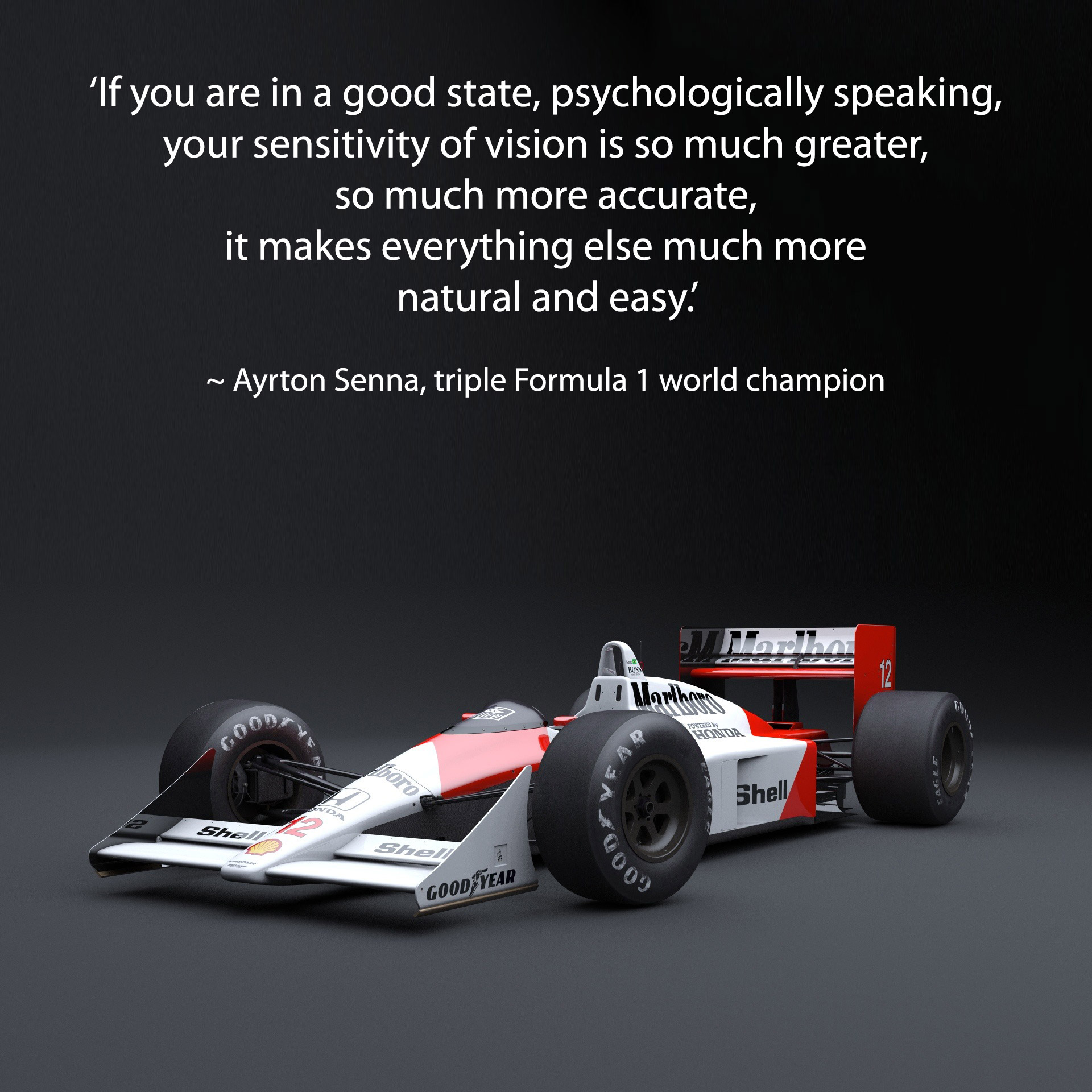
‘If you are in a good state, psychologically speaking, your sensitivity of vision is so much greater, so much more accurate, it makes everything else much more natural and easy.’
~ Ayrton Senna, triple Formula 1 world champion
Economy of motion, anticipation, good use of the throttle control for smooth acceleration, and deceleration is important for any professional driver. Same as a race driver, the best chauffeurs are smooth as silk. Their minds might be working hard, but their cool calm approach saves lives as well as fuel.
As we transition to EVs, the throttle and steering wheel remains the surgical instrument of choice for the skilled driver. A sensitive throttle control, promises precise gentle acceleration. The throttle is also used to balance a vehicle and also to regenerate power to the battery. Even more reason not to touch the brakes. Until you need to. Learn about the history and future of electric vehicles (EV).
Smooth driving is an art. Like any art it requires dedicated practice. We believe there is no such thing as perfection.
Learn more
Driving and chauffeur articles
If you want to drive like a chauffeur, or a great van driver, or would like to become one, you are in the right place. With articles on how to drive like a chauffeur, the differences between a driver and a chauffeur, how much chauffeurs cost, and what makes a great chauffeur.
We are always seeking to find the best of the best. Can you drive with an egg under your right foot? Are you a safe, calm driver who is sensitive and gentle? If you want to join our award winning chauffeur service, by becoming a London chauffeur, partner with us.
“The way I drive, the way I handle a car, is an expression of my inner feelings.”
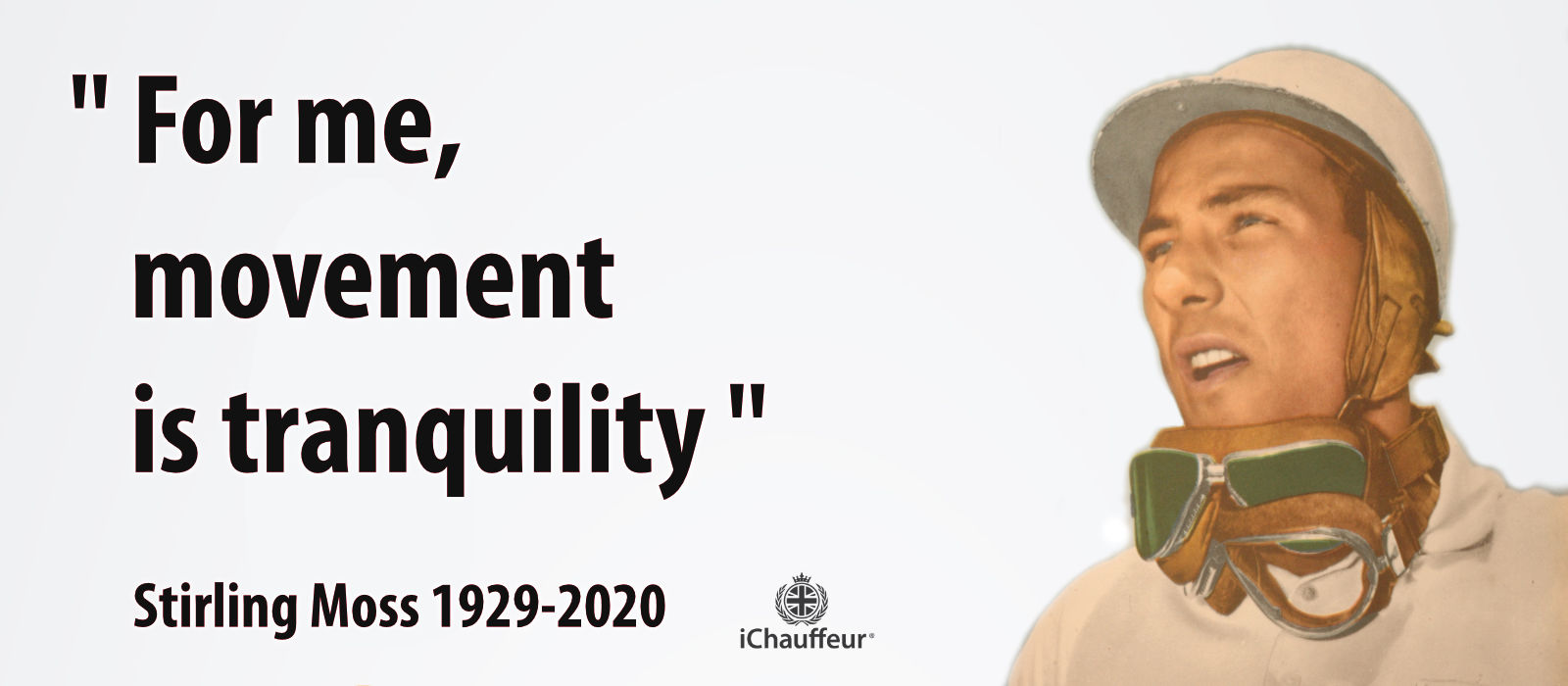
Get in touch
Call or contact us to learn more about our award-winning chauffeur car service.




